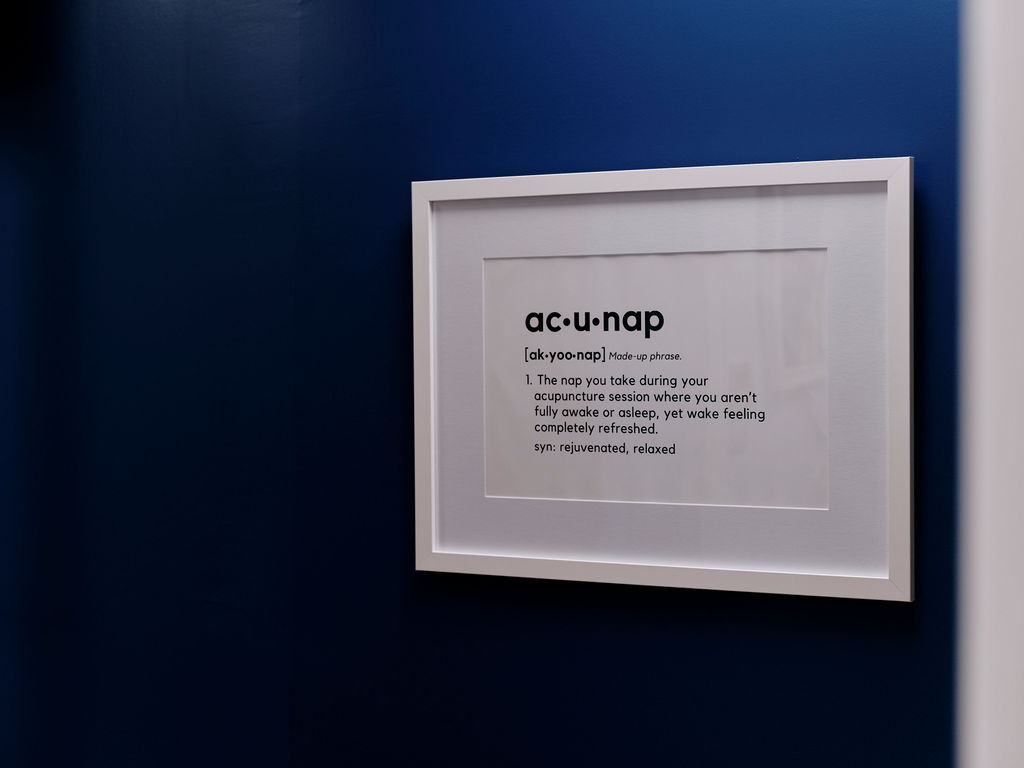Tiredness & Fatigue
Fatigue is a problem seen very frequently at the clinic. Unless there is a specific pathology such as thyroid dysfunction, a history of infection such as glandular fever, blood sugar problems or anaemia, mainstream medicine can find tiredness difficult to define and is often abbreviated to TATT (tired all the time).
Tiredness can be conveyed in many ways, for instance lack of motivation, weariness, exhaustion, excessive sleepiness, listlessness, feeling flat, a lack of physical and mental energy or an overwhelming incapacity to execute even the simplest of tasks.
If you have unexplained tiredness and are worried please speak with your GP or call the clinic.

Your treatment plan
After a thorough medical history and examination procedure treatment needs to address the underlying causes and any exacerbating factors.
Acupuncture
Certain acupuncture points have been shown to affect areas of the brain that are known to reduce sensitivity to pain and stress, as well as promoting relaxation and deactivating the ‘analytical’ brain, which is responsible for anxiety (1). Acupuncture can also be safely combined with conventional treatments such as talk therapy and pharmaceutical drugs in more severe cases. Customised dietary and lifestyle changes will be discussed where needed to speed progress.
Massage
A combination of bodywork such as tui na, acupressure, massage, reflexology, relaxation, breathing and mindful awareness exercises are also a core strategy that has proven helpful for many people.
Other Lifestyle factors - Creating restful sleep patterns, making sure you have the right diet, nutrients and nourishing eating habits are also key, as well as addressing any emotional issues that may be involved.
British Acupuncture Research Fact Sheets - For further information please take a look at the related issues section on the right hand-side of the screen.
- Wu MT et al. Central nervous pathway for acupuncture stimulation: localization of processing with functional MR imaging of the brain-- preliminary experience. Radiology 1999; 212: 133-41.
